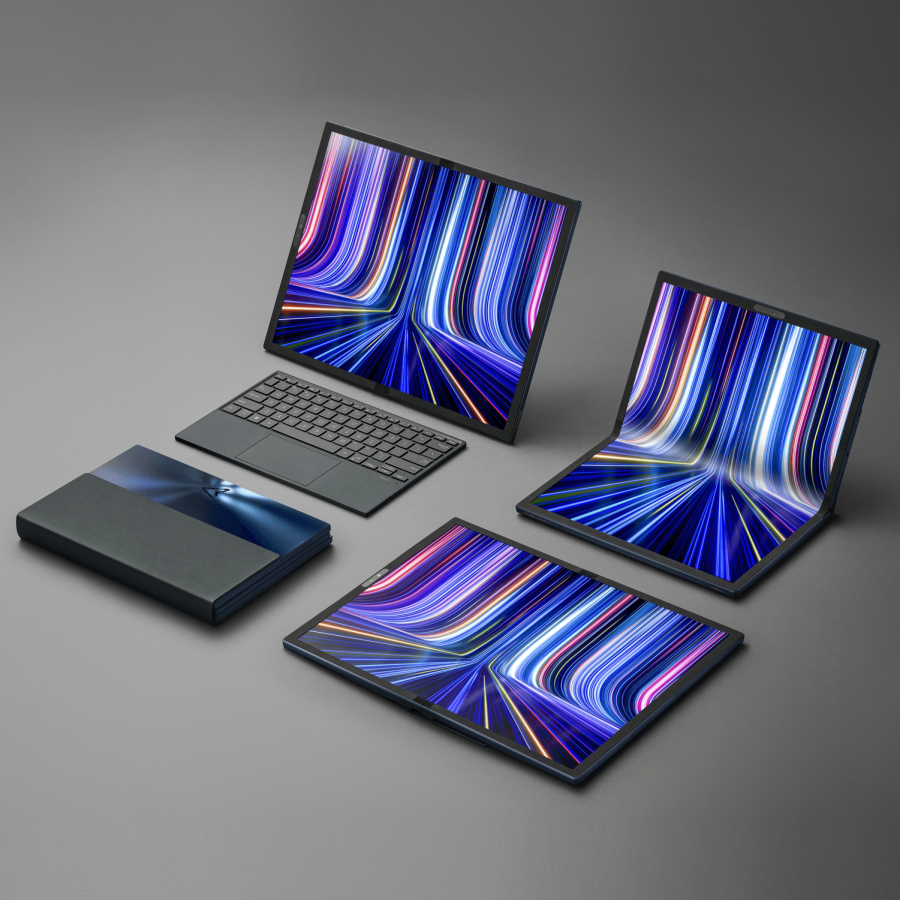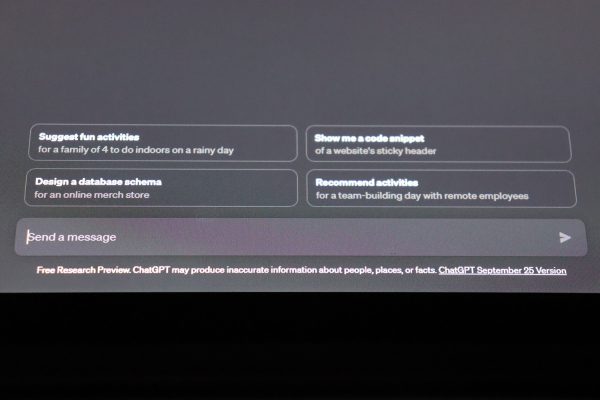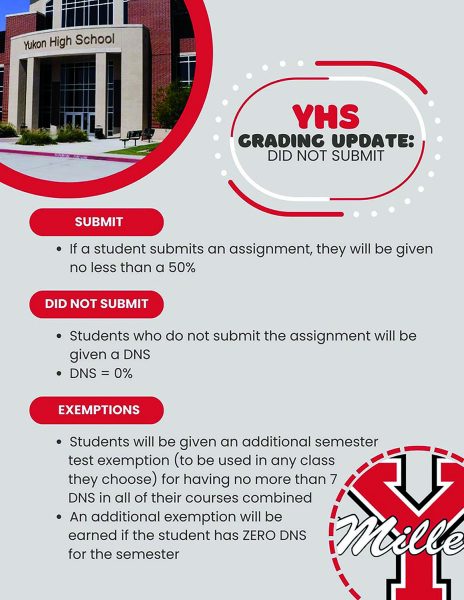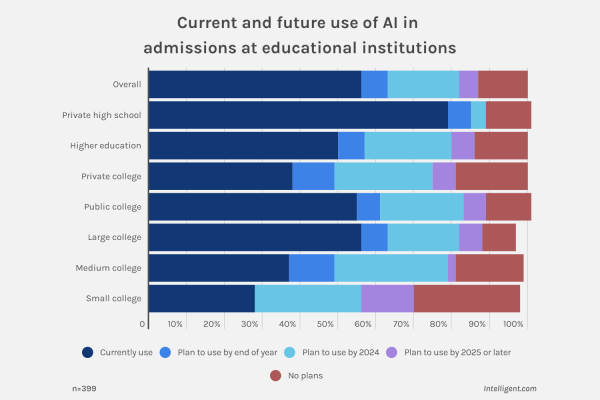The Next Generation of Laptops are Foldable Screens
Lenovo and ASUS have been working on the technology that allows for a giant screen to pair up with a Bluetooth keyboard to function as a tablet, laptop, or a desktop PC.
Computers have come a long way since they were created. We’ve gone from floppy disks to laptops that weigh practically nothing, and the next step might have just been reached. Samsung has been making foldable phones since 2019, but now, two computer companies are experimenting with laptops that run with the same design elements.
ASUS and Lenovo have been competing for the superior folding screen laptop. ASUS originally announced their foldable Zenbook 17 Fold with an OLED display at the Consumer Electronics Show (CES) in January 2022. Lenovo announced their original Thinkpad X1 Fold at CES in January 2020 but has made a newer model that was announced in September 2022.
“I’d say if it weren’t for the price tag, everyone would love it. It would appeal to everyone. It looks pretty cool. The fact that you can fold it as well, that would be pretty good until phones become the size of a laptop, but we have a long ways to go to do that,” junior Treyton Elliot said.
Both computers can function as a laptop, a tablet, or a desktop PC with its Bluetooth keyboard. Attach the keyboard to the bottom of the screen and it turns into a traditional laptop. ASUS laptops, however, don’t come with a stylus for fear of scratching the screen. Although, the lack of a stylus wouldn’t be a deal-breaker for those who prefer the convenience of a touchscreen. For technological specs, both laptops run on 12th generation Intel Core i7 processors, up to 32 gigabytes of memory for the Lenovo X1 Fold compared to 16 gigabytes for the ASUS Zenbook 17, and up to a terabyte, or 1024 gigabytes of storage for both devices. For reference, an Xbox Series X or PlayStation 5 has the same amount of storage. Both laptops feature Intel Iris Xe graphics for an amazing experience for whatever it can handle. Unfortunately, this new technology has a hefty price, $2,500 for Lenovo’s X1 Fold, and $3,500 for ASUS’ Zenbook 17 Fold.
“It has the same similar quality as a regular laptop but it can fold. I don’t feel like paying $2000 extra dollars for that. I love the fact that it folds but I don’t love it to the point where I’ll pay $2000 more dollars. I’d pay at most $500, $400 minimum,” Elliot said.
Portability is one of the main advertising features for these devices. The ability to have a tablet, laptop or desktop computer that can fold like a closed laptop is an incredible feature when it comes to efficiency. You can utilize the kickstand in multiple forms for anything you need. Lenovo’s laptop can even be converted into one vertical display. You can use it as a desktop when doing homework at home, or a laptop when doing homework on the go. Both companies also have their bragging rights, ASUS claims that their foldable laptops are strong and durable and that it has been tested for 30,000 folds. While Lenovo is saying that the most recent generation of their laptop is not only better than their original model, they are also boasting that their new model is made from recyclable materials.
“Creating the world’s first foldable PC was a major technological challenge. Improving on that is a real achievement. We want the next-generation ThinkPad X1 Fold to be the benchmark for premium productivity, creativity and enjoyment,” Jerry Paradise, Vice President of Global Commercial Portfolio and Product Management at Lenovo said in a press release.
Both laptops will be available by the end of 2023, and the reviews are mostly positive with pros and cons to both laptops. Pros listed on both computers include the huge 17-inch display, the media quality of the OLED screens, the integrated kickstand, and the highlight, the new folding mechanism.
Cons listed for both laptops on the other hand include the pricing of the new technology, the sluggishness of the less powerful U-series Core processors, and how thick and heavy the devices are. Dan Ackerman from the technology website CNET described these laptops as “CEO laptops,” expensive prototype machines that a CEO would get just to show off. Ackerman said to come back in five to ten years and folding screen laptops will be all over the place.
“I like how it folds and, if it has a responsive screen, I will use it,” junior sketch artist Aidan Anderson said when asked about using the computer for his art.










